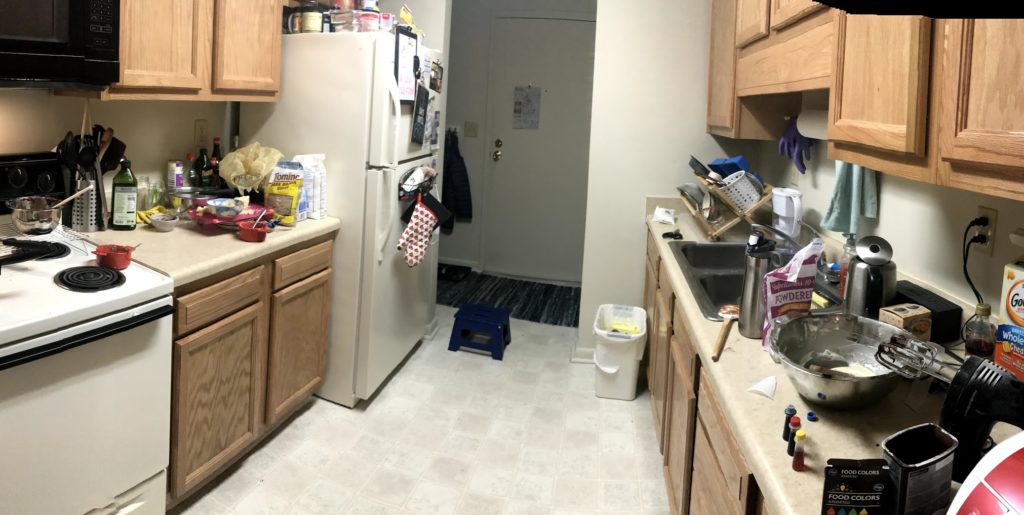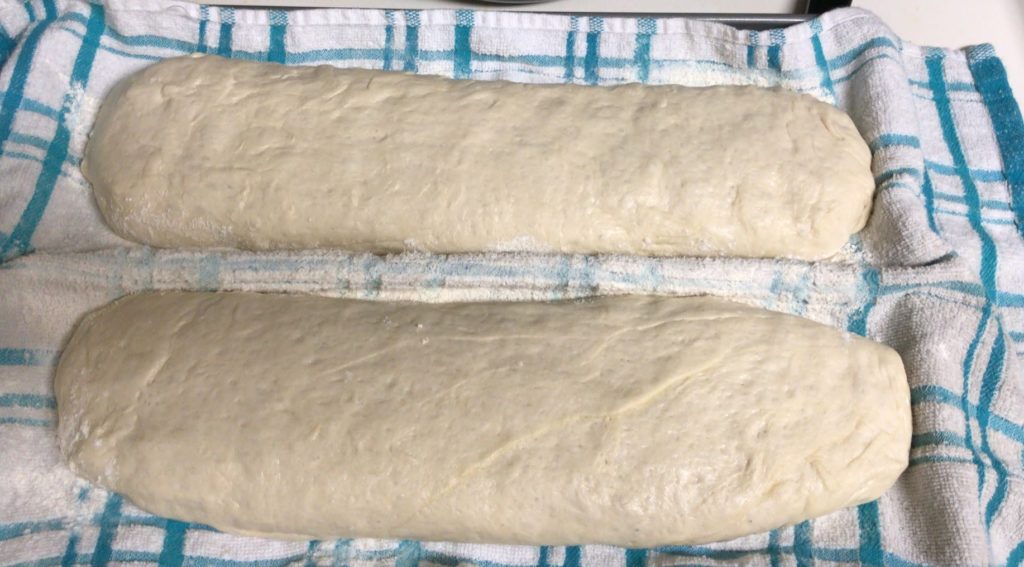Whether you are an expert or a novice, every good dish begins with a recipe. Whether it is from a cookbook, a website, your mind, or your great-great grandmother’s best friend’s daughter, recipes are a must when it comes to cooking and baking. While recipes may be the most essential ingredients aside from the actual ingredients, we have found there are very few places that explain how to read them. We have decided to remedy that. Below we have listed some of the most common mistakes made in our kitchen.
1. Read the Ingredients!
Even the most frequent of bakers can fall victim to this one. While it seems like a ridiculous thing to say, most people don’t take the time to read through a recipe before they begin. Trust me, this can cause issues for several reasons. We’ll start at the beginning — you need to know what you are going to need. Unless you are like me (who rather enjoys going to the market), you don’t want to be pausing every half hour or so when you realize that you are missing yet another ingredient.
Something else you will want to take note of is how easy your ingredients will be to find. It truly is a sad moment when you’ve decided on a dish only to realize in the market that they just don’t have what you need. Depending on the ingredient, this can be fixed with a simple substitution. Other times, however, it can leave you stranded like Jason Borne on Mars (if you know, you know).
Finally, there is absolutely nothing worse than finishing and having your beer bread come out dense because you forgot to add the baking powder. There is nothing you can do except eat it all on your lonesome because there is no way you are bringing it to the neighbor’s dinner party tonight. To avoid this calamity, we suggest taking out all the ingredients before you begin and putting them away as you use them. This has a couple uses as you know you have everything you need, you will know if something was forgotten, and it makes clean up a little bit easier. It looks a little crazy and messy, but I have found that grouping the ingredients based on when they get added works well. I usually just pile them on the counter.

There’s nothing wrong with a crowded kitchen….
Something else you can do is check off the ingredients on the recipe as they are used. If you plan on reusing the paper recipe, though, this will get confusing.
2. Check the Times
The main thing here is just to make sure you understand the difference between the prep times, rest times (if there are any), and bake times. Picture this: an unfortunate pair of sisters lying on the kitchen floor at 11:30 PM waiting for their pie crust to finish chilling before they bake it. Do not be these girls. If it’s a time-consuming recipe, risen bread or pastry crust, for example, see how long it will take to prepare the dough against the rest or rise. Chances are you won’t have to sacrifice an entire day’s worth of activities but understand that these times are guidelines. If it’s a warm day, the rise time for bread will be less but chill time for pastry will be longer and more frequent. Some recipes include the rise/rest time in the prep time and make another note on the rise elsewhere. That being said, we WILL NOT be including rising/resting times in the prep time. We will make note of the times and the frequency of the breaks. Some recipes are split into several work sessions throughout the day so plan your bake and your day accordingly.

This bread (Poolish) required a ripening period of anywhere between 2 and 15 hours for the starter plus a cumulative 4 or so hours of rising in a 76 degree environment. If I were home while I made this (where the average indoor temperature on a good winter day is 62 degrees), the rise time may have been as long as 7 or 8 hours.
Another little note that is more dependent on what you are looking for in your bake, but check if the recipe does what you want. If you’re looking to lose yourself in a long, hard day, make sure it’s not a prep time of 20 minutes and a cook time of 3 hours. Alternatively, if you want something quick and easy, make sure the prep time isn’t an hour with a cook time of 20 minutes.
3. Read Through the Instructions
One thing you don’t want to be when making something is surprised. Ok, well, a little surprise is fine, but you definitely do not want to be caught with your apron off. Take a once over of the instructions before you start touching anything so you have a pretty good idea of what you will have to do.
Most recipes will have you preheating the oven as the first step. We almost always forget about this bit. Even if you think the oven will reach temperature long before you are ready to put the food in, do it. You can always turn it off or just leave it on if you are behind by a significant amount of time because you don’t want be stuck waiting for the oven to heat up, especially if what you’re making is time sensitive. Plus, it’s just more time you need to take out of your day or dinner will be that much later.
Speaking of dinner, I mean I guess not dinner specifically but speaking of food, there are a fair number of recipes for every meal of the day that will require you to pay attention to the time when you add the ingredients. If you are making something (say butter cookies, for example), you have a little bit of time after adding the butter to add the remainder of the ingredients. However, if you spend 10 – 15 minutes working on mixing together the remainder of the wet or dry ingredients to prepare to mix it into the butter mixture, chances are your butter will have gone soft. This is baaaad. Your dozen cookies on the baking sheet will probably just become one giant cookie in the oven.
If your into that, that’s ok. Unintentional sheet cookies can be some of the best kind. If not, you’ll want to keep in mind that the melting temperature of butter is basically anything outside your fridge.


Recent Comments